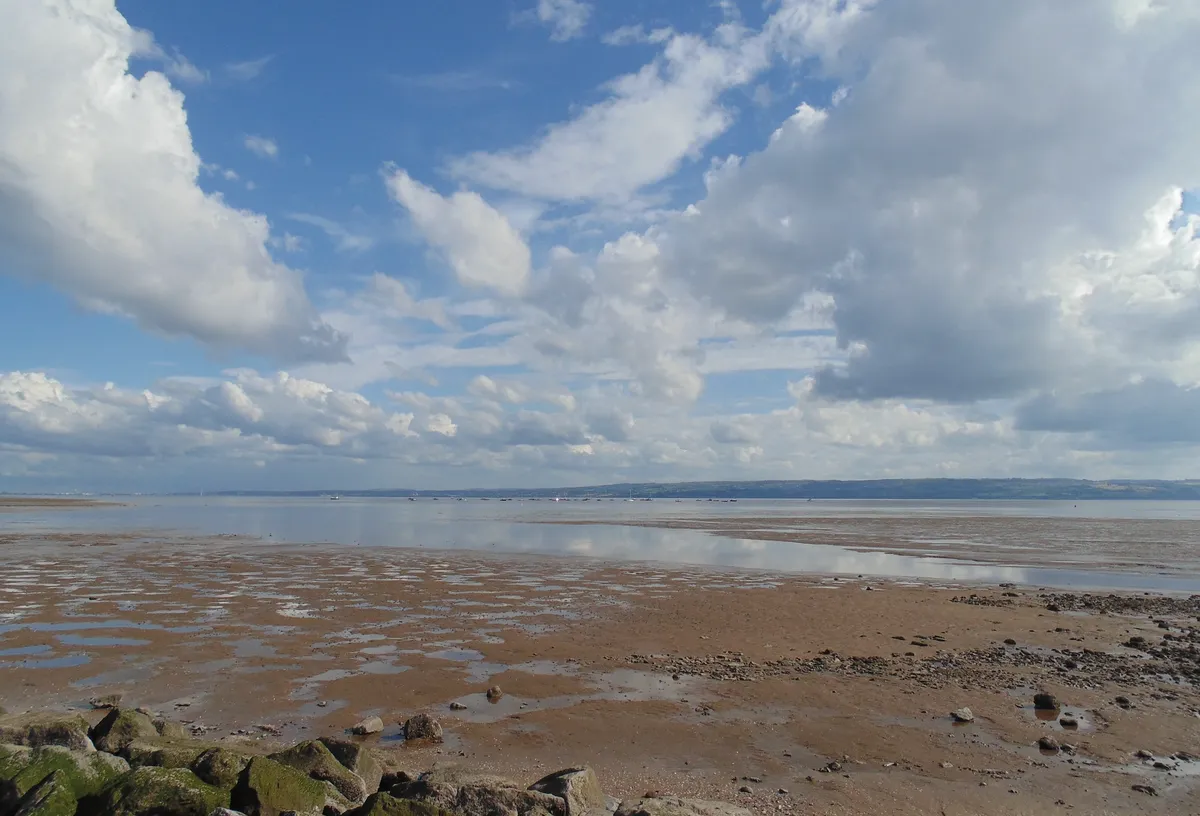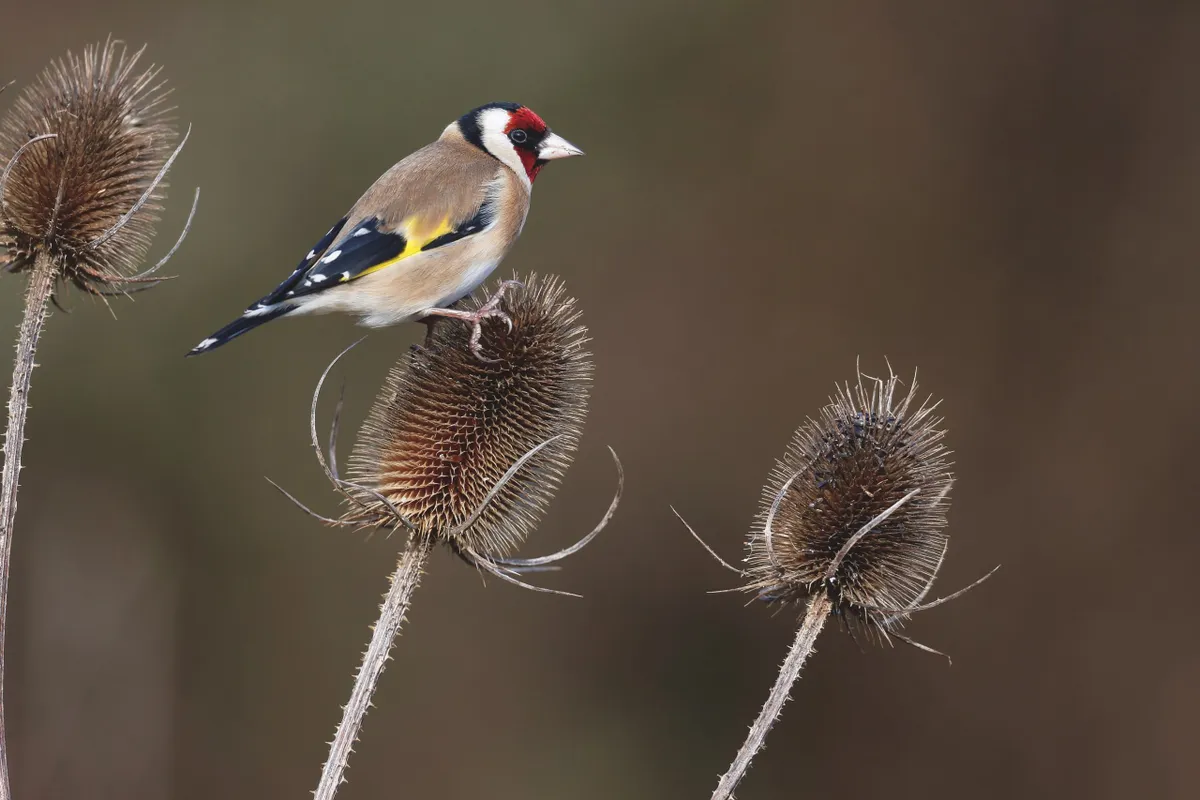The Flintshire coast is edgy. Bitten by wind and estuary and squeezed by the A548 and the Chester to Holyhead railway, you can hear traffic along most of it. It might surprise you, on a nature walk, to find gasworks, sewage works, industrial estates, truck-caffs, doughnuts and furniture warehouses, but this is not a place of pretty tea shops. It is raw and bold and bright, especially in winter.
As you walk along this substantial coastline, it’s easy to feel a real connection with the landscape. It not only attracts walkers but plenty of wildlife too – this has been designated a Special Area of Conservation.
The mudflats, sand dunes, saltmarsh, sand and open water are home to grey seals, harbour porpoises, flounder, salmon, whiting and some 130,000 birds in the winter. Common terns nest at Shotton steelworks, and there are red shanks, knots and black-tailed godwits. Ten percent of Britain’s oystercatchers spend winters on the high-tide roosts and cockle beaches.

Walking along the Dee Estuary
Point of Ayr Lighthouse at Talacre, Mostyn Docks, Bagillt, Flint, Connah’s Quay and Chester are all linked by the Flintshire coast path.
Waymarked occasionally with pavement buttons, it has clear signage and well-crafted information boards that tell you about the coal mines, acrid smoke and copper mill predecessors of today’s industrial sites. They describe how the poor had to graze their cattle on perilous estuary mud, and that Charles Kingsley (author of The Water-Babies and canon of Chester cathedral) brought hundreds of his congregation here on nature walks. You can also read about the maritime heritage; the ferries, fishing boats and freight of the Dee.

Wildlife of the Dee Estuary
Local people still gather shrimps and cockles from wooden boats moored in muddy creeks, and high-tide anglers still cast from boulders daubed with phone numbers for bait. Water birds guzzle the invertebrate- rich estuary soup, but on land, Flintshire coast path is just as lively. On wasteland, teasels, thistles and rosebay willow-herb flourish, providing food for roaming charms of finches and the falcons that feed on them.
Sharp light clarifies the sand flats on cold days, and the path is patterned by frosty burrs. White mist blurs the Connah’s Quay towers and chimneys and makes the Wirral glisten.
Useful Information
HOW TO GET THERE
By car, from the M6, taking J9 on to the M56. Join the A494, then take the A55 towards Holywell. The nearest train station to the estuary is Flint, which is served regularly by Crewe and Chester.
